LOAD BEARING MASONRY CONSTRUCTION
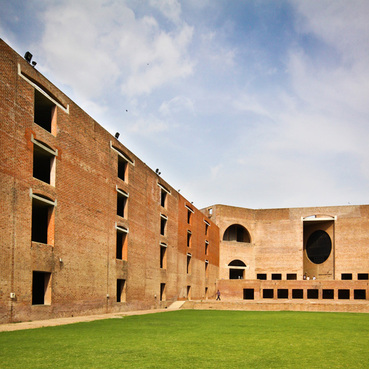 IIM Ahmedabad, India, by architect Louis Kahn
IIM Ahmedabad, India, by architect Louis Kahn
Load
bearing masonry construction was the most widely used form of
construction for large buildings from the 1700s to the mid-1900s. It is
very rarely used today for large buildings, but smaller
residential-scale structures are being built. It essentially consists of
thick, heavy masonry walls of brick or stone
that support the entire structure, including the horizontal floor
slabs, which could be made of reinforced concrete, wood, or steel
members.
In contrast, most construction today is not load-bearing masonry but frame structures of light but strong materials, that support floor slabs and have very thin and light internal and external walls.
The key idea with this construction is that every wall acts as a load carrying element. In a load bearing structure, you cannot punch holes in a wall to connect two rooms - you would damage the structure if you did so. The immense weight of the walls actually helps to hold the building together and stabilise it against external forces such as wind and earthquake.
In traditional European loadbearing masonry structures, the floor slabs were made of horizontal wooden beams, joists, and planks. A joist is a smaller wooden beam that rests on two larger beams.
The buildings were covered with sloping wooden roofs, that could be finished with clay tile, wood or stone shingles, or metal plating such as thin sheets of copper. Other such buildings had flat terraces, that were built by pouring a concrete layer over a wooden floor, and then finishing with some form of tile or stone to provide a strong, waterproof finish.
Every wall had a simple continuous strip foundation below it.
Most classic buildings in Europe are built with load bearing masonry construction.
The american architect Louis Kahn famously used load bearing construction for the Indian Institute of Management, Ahmedabad (image at right). His structures clearly express the construction system rather than conceal it under decorative skins. In this structure, concrete is used exclusively for members in tension, which are ties that tie together the two ends of the brick arches.
In contrast, most construction today is not load-bearing masonry but frame structures of light but strong materials, that support floor slabs and have very thin and light internal and external walls.
The key idea with this construction is that every wall acts as a load carrying element. In a load bearing structure, you cannot punch holes in a wall to connect two rooms - you would damage the structure if you did so. The immense weight of the walls actually helps to hold the building together and stabilise it against external forces such as wind and earthquake.
In traditional European loadbearing masonry structures, the floor slabs were made of horizontal wooden beams, joists, and planks. A joist is a smaller wooden beam that rests on two larger beams.
The buildings were covered with sloping wooden roofs, that could be finished with clay tile, wood or stone shingles, or metal plating such as thin sheets of copper. Other such buildings had flat terraces, that were built by pouring a concrete layer over a wooden floor, and then finishing with some form of tile or stone to provide a strong, waterproof finish.
Every wall had a simple continuous strip foundation below it.
Most classic buildings in Europe are built with load bearing masonry construction.
The american architect Louis Kahn famously used load bearing construction for the Indian Institute of Management, Ahmedabad (image at right). His structures clearly express the construction system rather than conceal it under decorative skins. In this structure, concrete is used exclusively for members in tension, which are ties that tie together the two ends of the brick arches.
why is load bearing wall construction not used today?
Load bearing masonry construction is not used today for a number of reasons:
|
|
the history and development
of load bearing masonry buildings
|
Europeans built fine stone walled buildings with floor slabs made of wood beams and planks. The buildings had elaborate arched openings and very finely crafted domes. These buildings have lasted hundreds of years, with limited repair in many cases, testifying to the quality of the craftsmanship and the brilliance of the design. |
|
And then, the Americans came in and super sized things. At left is the Mondadnock Tower, a 16-storey office building built in 1893 in Chicago. It was made of brick walls 6 feet thick at the base and about 18" thick at the top. It still exists - you can rent an office space in it by clicking here. It was built to be the world's largest office building at the time by architects Burnham & Root. They said their design was inspired by an Egyptian pylon, which is a kind of monumental gateway to a temple, built with massive sloping masonry walls. |
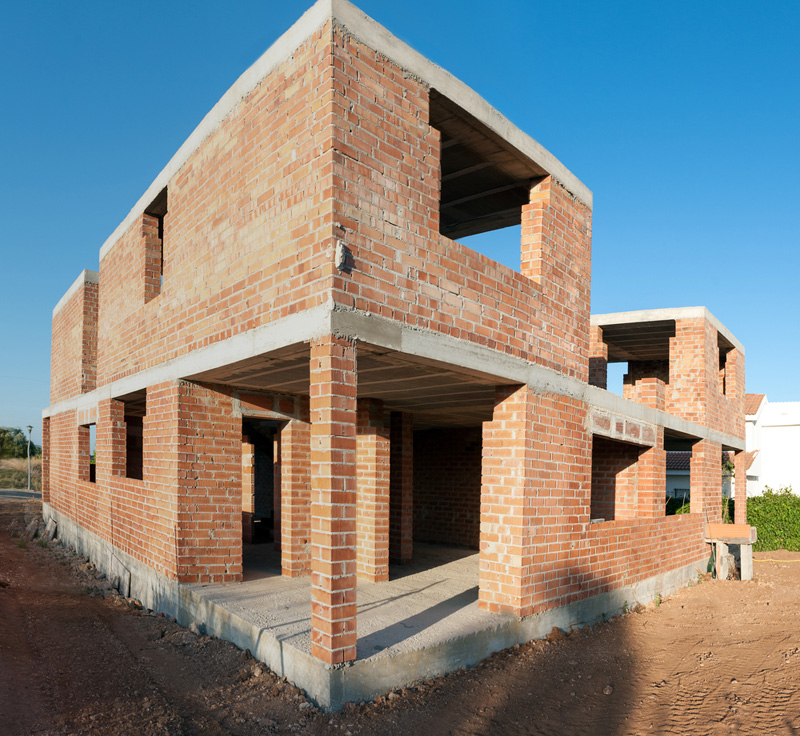

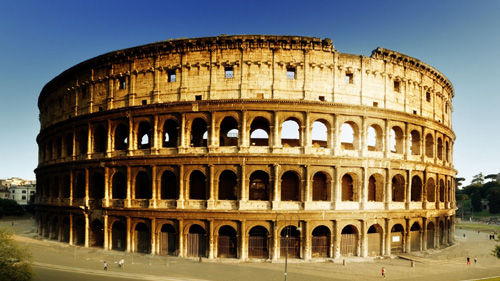

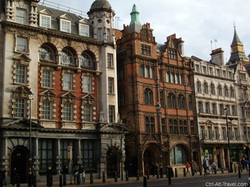
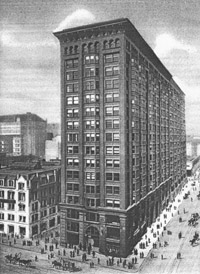
Nice to read your article! I am looking forward to sharing your adventures and experiences. tuckpointing near me
ReplyDelete